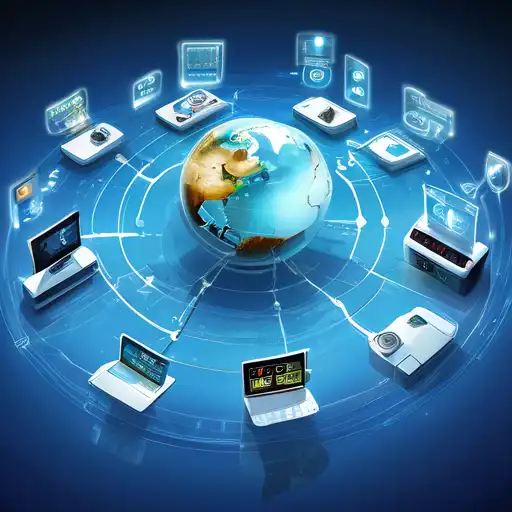Introduction to the Internet of Things
The Internet of Things (IoT) represents a transformative phase in the digital era, where everyday objects are connected to the internet, allowing them to send and receive data. This innovation is not just about smart devices but about creating a seamlessly interconnected world that enhances efficiency, safety, and convenience.
How IoT is Changing the World
From smart homes that adjust temperatures based on your preferences to wearable devices that monitor health metrics, IoT is making life easier and more connected. Industries are leveraging IoT for predictive maintenance, energy savings, and to improve customer experiences. The potential is limitless, with applications spanning across healthcare, agriculture, manufacturing, and more.
The Benefits of IoT
IoT offers numerous benefits, including:
- Enhanced efficiency and productivity in business operations
- Improved quality of life through smart home technologies
- Reduced environmental impact via smart energy management
- Increased safety and security with connected surveillance systems
Challenges and Considerations
Despite its advantages, IoT faces challenges such as security vulnerabilities, privacy concerns, and the need for robust infrastructure. Addressing these issues is crucial for the sustainable growth of IoT technologies.
Future of IoT
The future of IoT is bright, with advancements in AI and machine learning further enhancing its capabilities. As more devices become connected, the IoT ecosystem will continue to evolve, offering smarter solutions to complex problems.
For more insights into how technology is shaping our future, explore our technology trends section.
Conclusion
The Internet of Things is not just a technological trend; it's a revolution that's connecting the world smarter. By embracing IoT, we can unlock unprecedented opportunities for innovation and improvement in every aspect of our lives.
